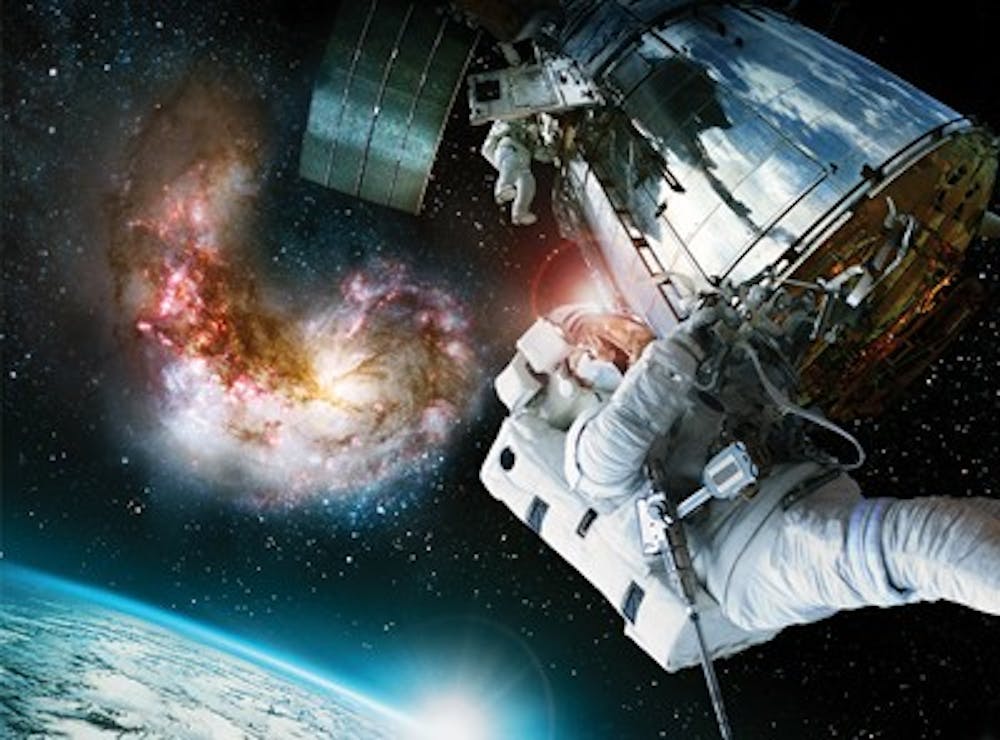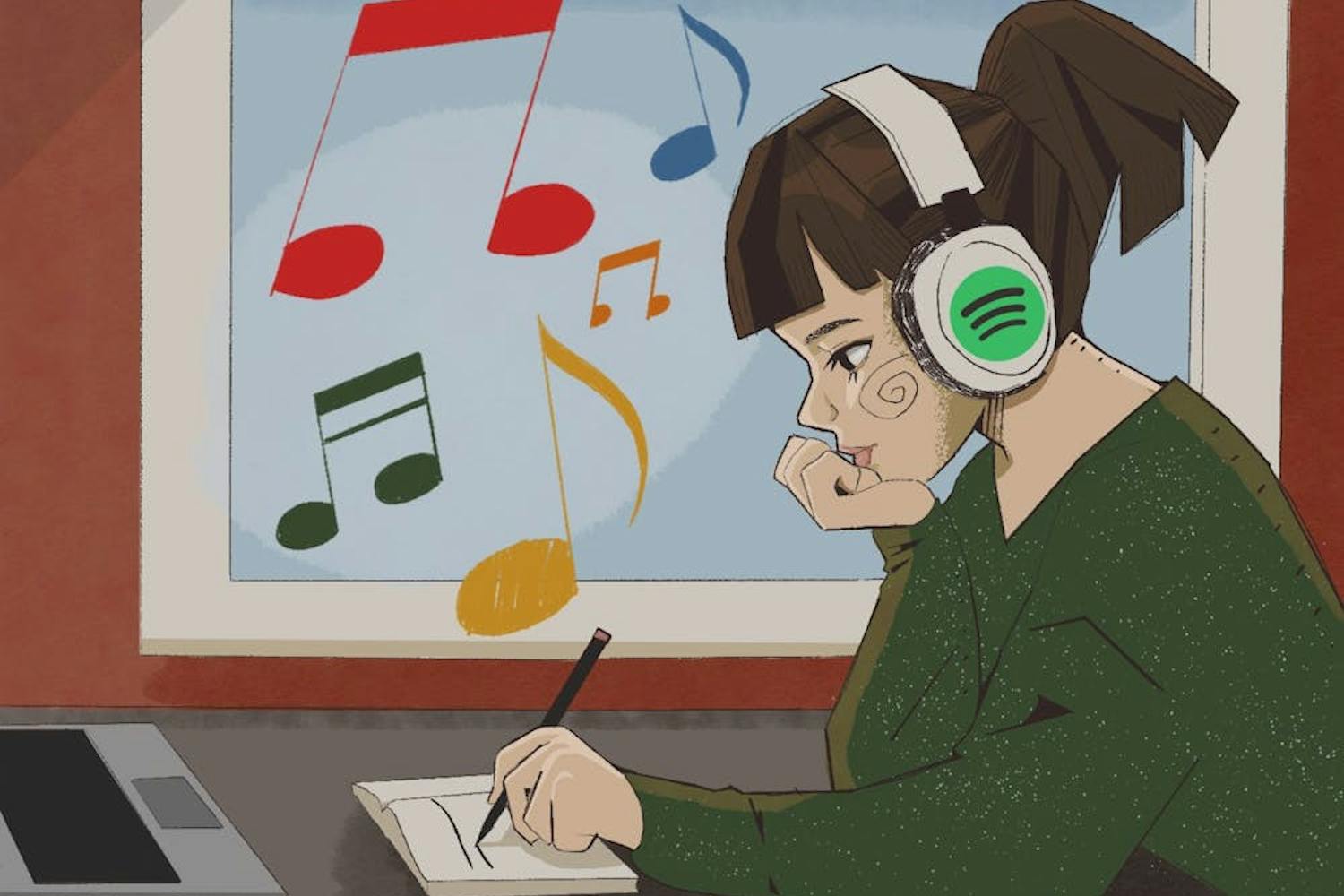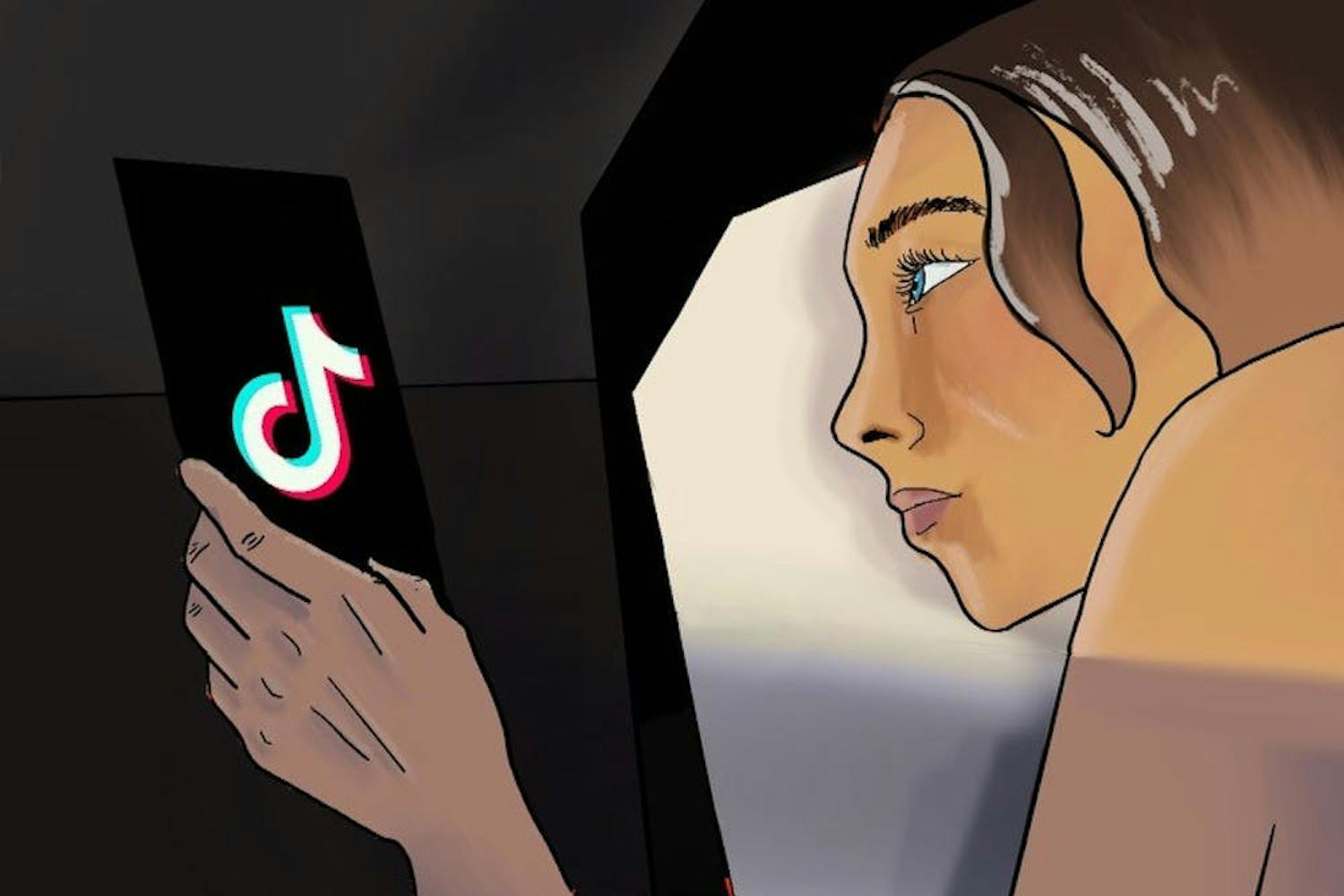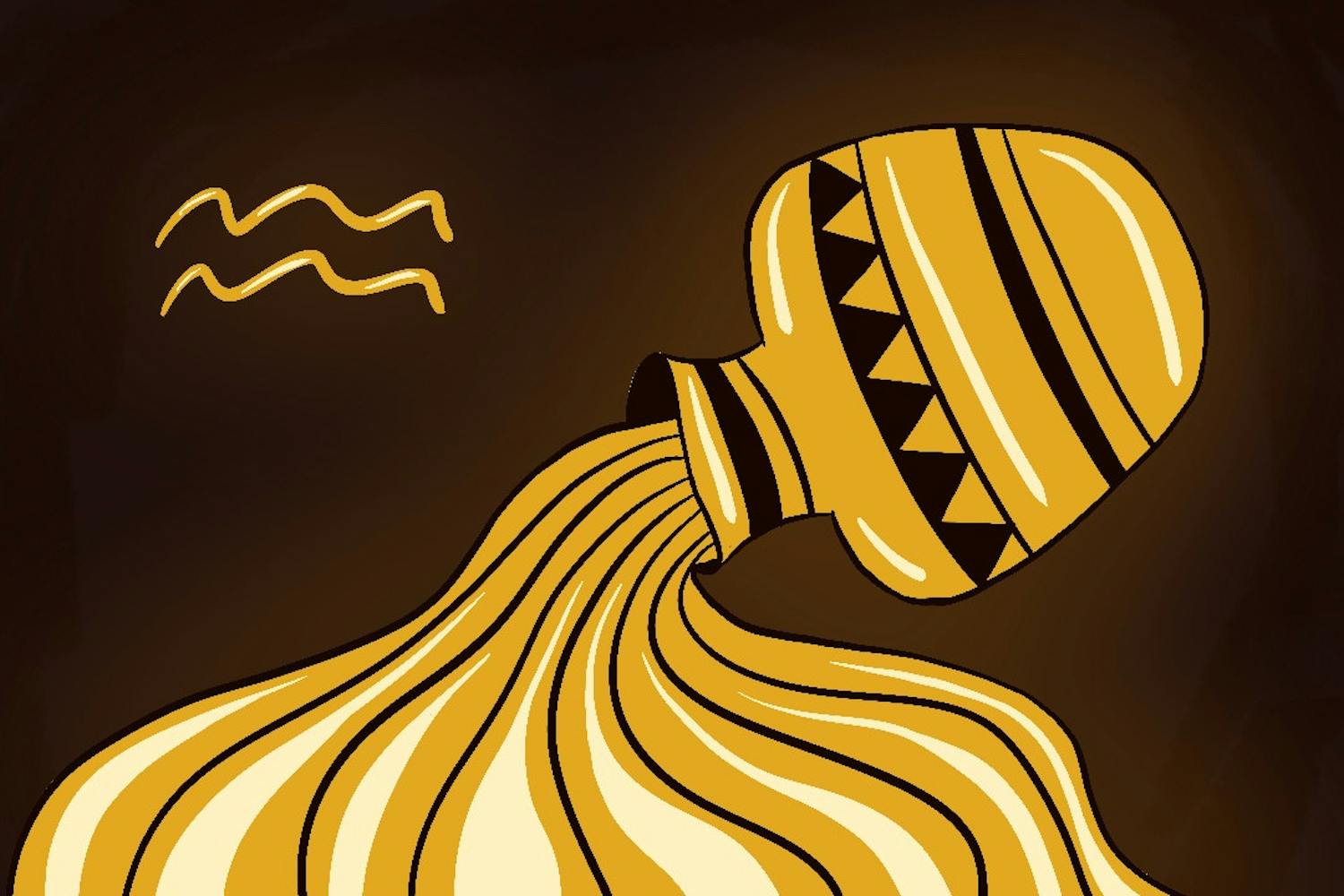Seemingly everyday repairs during spacewalks have life or death consequences in “Hubble 3D.” A small cut on an astronaut’s suit from a sharp circuit board exposes them to space’s freezing and oxygenless atmosphere, killing them in seconds.
Much of the fascination and entertainment value of “Hubble 3D” exists in looking at these dangerous explorations and other wonders of space.
That’s the simple joy of the film currently playing at the Arizona Science Center.
Narrated by Leonardo DiCaprio, the IMAX film illustrates the 20-year history of the Hubble Telescope. From its launch in 1990 and last tuneup in 2009, the images within our known universe are captured. Showcasing the natural grandeur of the known universe, the film shows the audience a highlight reel furnished in 3-D.
In recent years, major studio have produced 3-D movies to quickly grab viewers’ attention and money, with the end result being a dark and murky image and seldom-used effect. This was not the case in “Hubble 3D,” as the large theater screen, IMAX film and masterful conversion process contribute to a crisp, lifelike qualities.
Viewing this film in 3-D is the only way to experience it because breathtaking sights, like stars forming deep inside Orion’s Belt, would otherwise drastically lose their awe-inspiring quality when watched on a 27-inch television set during a Discovery Channel rerun.
“Hubble 3D” could easily flourish just on showing celestial sights like the Pillars of Creation, a collapsing star of the Butterfly Nebula and the pixelated images at the edge of our universe — and it does for about half of its running time. Yet the film also devotes time to the human effort required to show in-depth pictures of stars millions of light-years away.
About half of the 45-minute film covers the last servicing mission by the space shuttle Atlantis’ crew on the STS-125 mission three years ago. These are very stunning moments filmed quite effectively by the IMAX cameras. Among them are some individual shots focused on the diminutive size the space shuttle and astronauts are in comparison to the Earth, which peeks into the left side of the frame.
The shuttle scenes would also make a worthy subject for an IMAX 3-D film on their own, as extended space flight is something rarely covered by film, save for “Apollo 13.”
This leads to the only real problem with the film. At the length of an average television episode, it needs to be longer. Those scenes aboard the space shuttle and the exploration of the stars are inherently interesting on their own and are worthy of being individually featured.
When you go see “Hubble 3D,” sit it in the middle of the theater. That way you’ll feel like you’re part of the infinite, watching stars possibly form galaxies inside the Orion Nebula.
Reach the reporter at tccoste1@asu.edu
Follow us on Twitter or like us on Facebook. Click here to subscribe to the daily State Press email newsletter.





